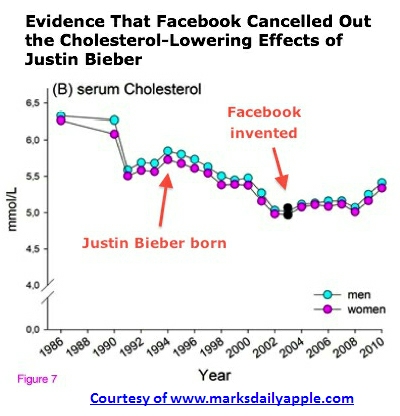Health care costs accounted for 17.5% of GDP last year after a 5.3% increase in spending.
The overall spending increase, which followed 5 years of relatively low inflation, was attributed primarily to the addition of 8.7 million people to the rolls of the insured in 2014.
Health Affairs reported the biggest jump was in pharmacy costs which increased 12.2%, driven in part by Hepatitis C drugs including Sovaldi and Harvoni, both manufactured by Gilead. The big increase came despite a rise in the generic dispensing rate to 81.7 percent, up from 80.1 percent in 2013 and 77.3 percent the year before.
Total pharmacy costs were just under $300 billion with Hepatitis C drugs accounting for $11.3 billion in total spend.
Other goods and services also saw increases:
- Hospital costs accounted for $972 billion, an increase of 4.1 percent. This was little changed from 2013’s 3.5% trend.
- Physician and clinical services rose 4.6 percent to just over $600 billion. The increase was due to a major jump in Medicaid expenditures.
Looking a bit deeper, Health Affairs broke down the cost increase to separate out the effects of price, demographic, and utilization:
Of the 4.5 percent increase in per capita health spending in 2014, changes in the age and sex mix of the population accounted for 0.6 percentage point, medical price inflation accounted for 1.8 percentage points, and the change in residual use and intensity accounted for the remaining 2.1 percentage points.
Interestingly, private households didn’t see much of an increase in costs; the report indicated a rise of less than 1.5%.

